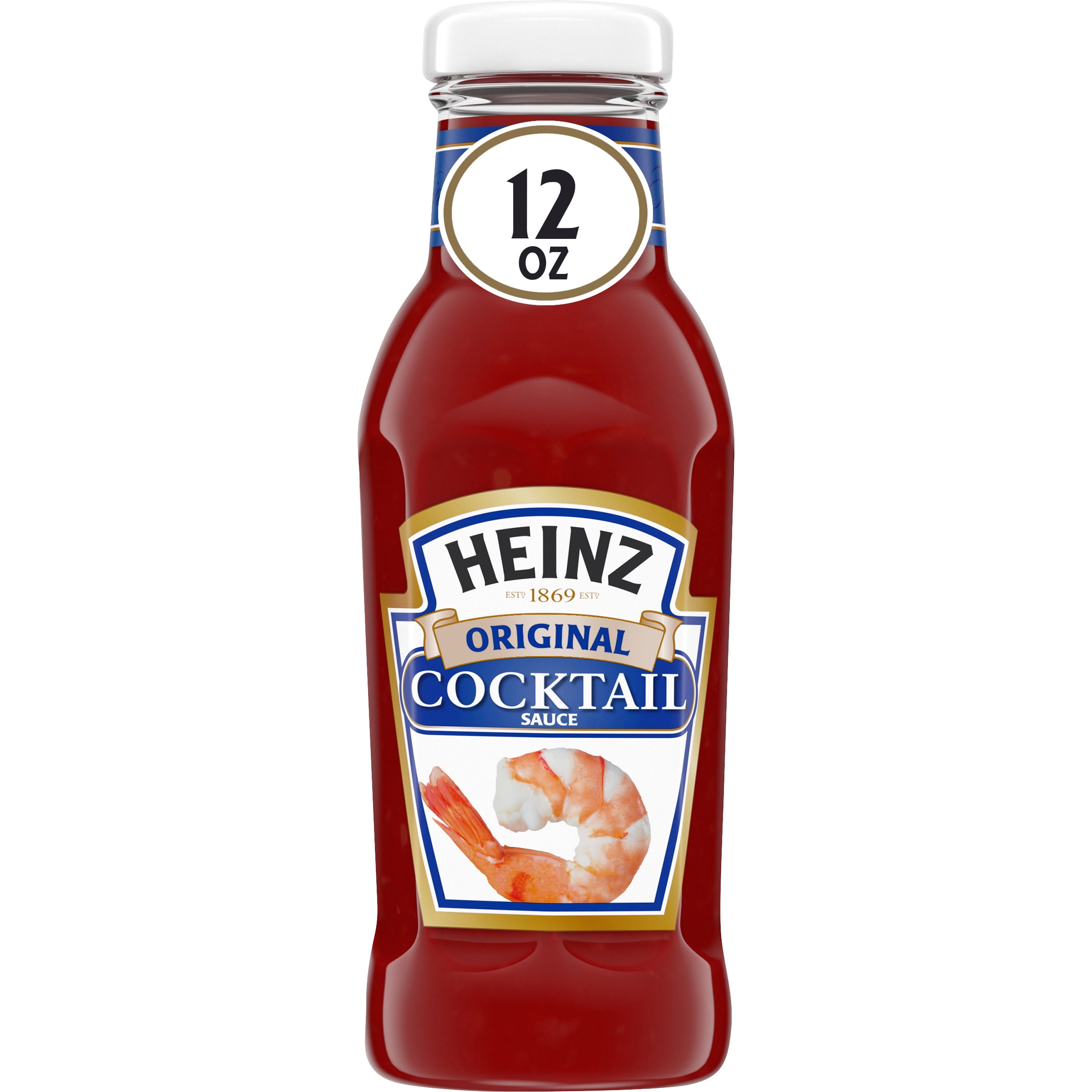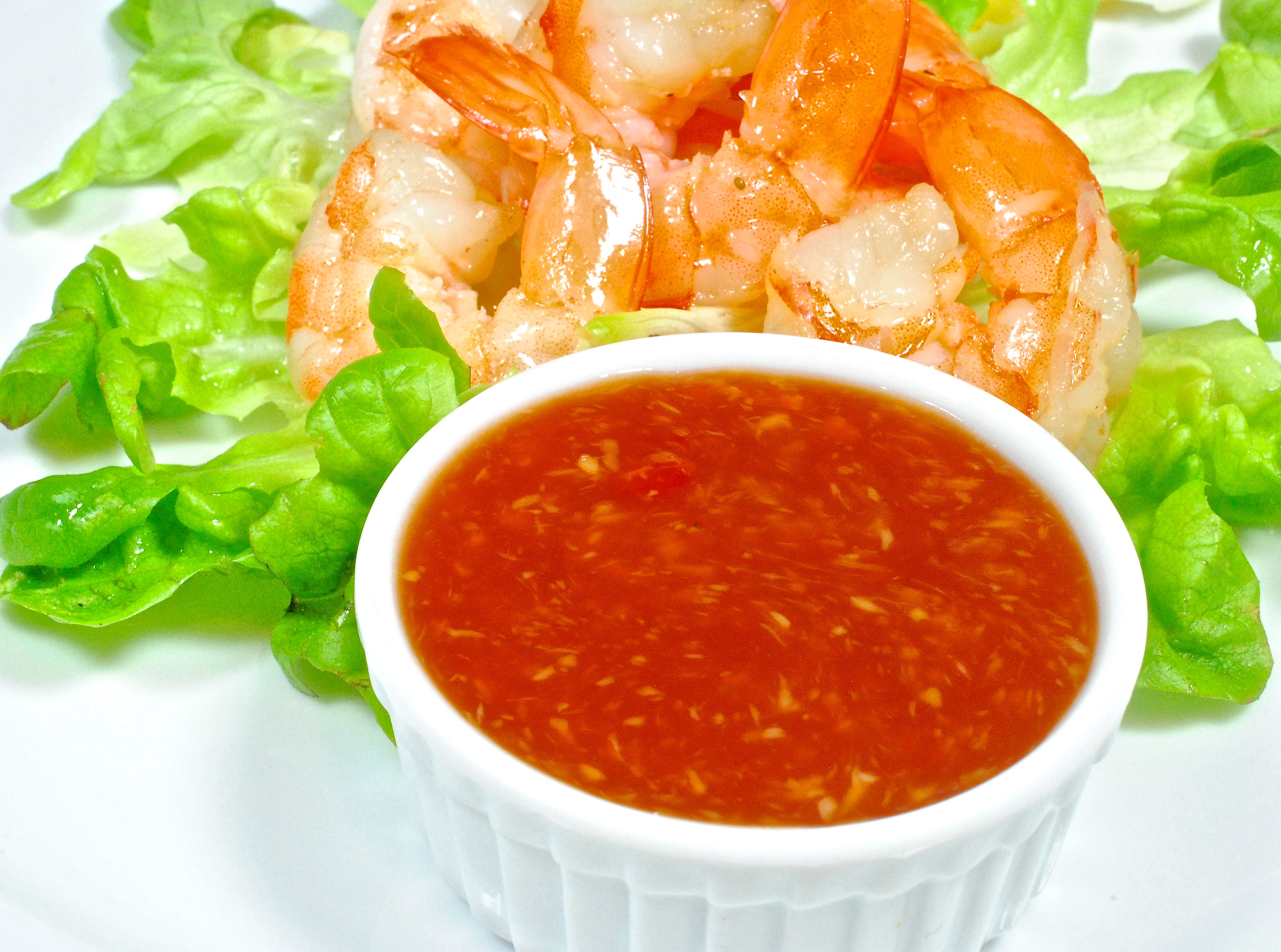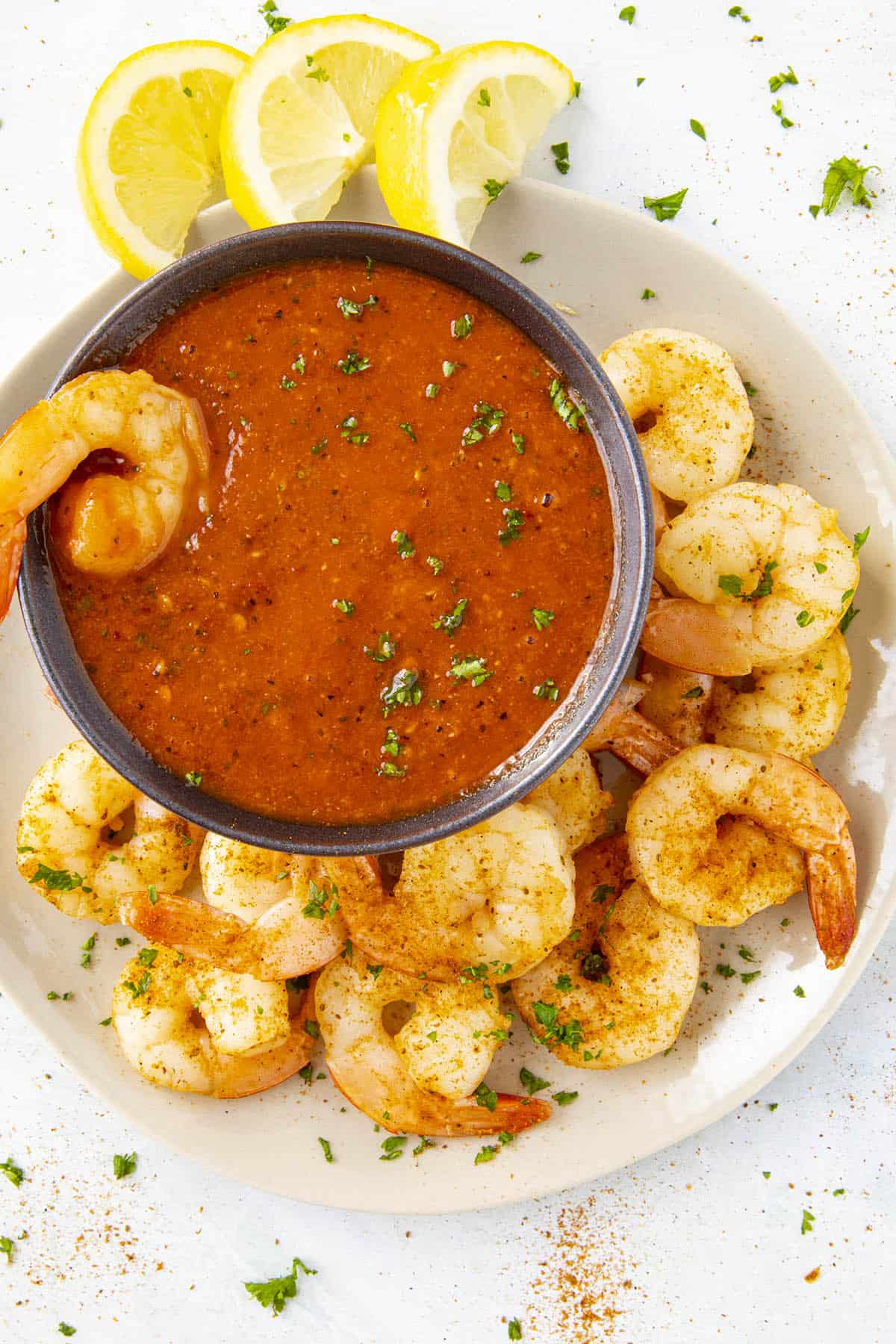
The contamination is likely to have spread even though you may not be able to see it. Don’t just scrape off the mold, thinking you can use the rest of the sauce. When the cocktail sauce has been sat around for too long, mold spores will begin to appear on the surface.

So if that happens to your sauce, it’s actually not a bad thing.īut if your sauce truly has spoilt, I’m about to advise you how you can tell. Gellification occurs more often with sauces that contain low artificial preservatives. It’s not harmful to eat, and a quick stir usually solves the problem. I found out that it is a natural reaction caused by horseradish roots and the pectin found in tomatoes. Having since read up about it, I’ve discovered that it’s not a problem. The first time I found that the consistency of my cocktail sauce had become gel-like, I thought I would have to ditch it. How do you know if the cocktail sauce is bad? It’s so quick and easy to make you knock up a small amount when the mood or need takes you. It shouldn’t be a big deal.Īfter all, when you’re making your own, you can control the batch size, so you shouldn’t end up with loads of leftovers. If you’ve been dunking shrimps into your container of cocktail sauce, once you’ve finished with it, don’t store it throw it away. While commercial, store-bought cocktail sourced will be okay in your fridge for months, you shouldn’t keep the homemade variety in your fridge for longer than one week. But because the ingredients in the homemade cocktail sauce are all quite stable, it should last for quite a while after making, providing you keep it covered and stored in a cool environment. If you refrigerate it, it should last even longer – anywhere up to 6 months.Įven then, it won’t necessarily go bad after that time, but the taste will almost certainly have deteriorated.ĭoes the same apply to a homemade cocktail sauce? I’ll go into the detail of those signs a little later on.Īfter opening, the sauce should be okay to keep in your pantry for up to one month. The best thing to do is to open the bottle and see if you can spot any signs of spoilage. The odds are that, as with lots of other types of condiments, your cocktail sauce will still be okay inside the bottle if it hasn’t been opened. How about if the unopened bottle is past its “best by date?” You should be able to find a “ best by date” printed somewhere on the label or bottle top, which is just as well as I’ve got a terrible memory for dates. When the bottle has not yet been broached, its shelf life is between 12 and 18 months. The best place to start is with commercially bottled shop-bought cocktail sauce. I would like to share my findings with you. I’ve asked these questions of myself many times, and I’ve now done the necessary research into the ins and outs of cocktail sauce and for how long you can keep it. If any of these situations or something similar rings true with you and you’d like a peace of mind once and for all, you’ll be pleased to know you’re in the right place. How do you know if the cocktail sauce is bad?.It’s well past its “use-by date,” but you’re worried if it’s still okay to serve. How do you know if it’s going off? How should it be stored anyway?Īnother scenario is when you’re cleaning out your fridge or pantry, and you come across a bottle of Heinz cocktail sauce that has been there for goodness knows how long. Our employees follow good manufacturing practices and are trained in the importance of correct labeling and the necessity of performing thorough equipment clean-up and change over procedures to minimize cross-contact of ingredients.Īgain, we encourage you to read the ingredients statement on your package at the time of purchase to ensure accurate, up to date information.Have you ever bought cocktail sauce for a seafood dish you were planning to prepare but for one reason or another, you didn’t get around to it, and two weeks later, the sauce is still sat there in your fridge? Our facilities have allergen, sanitation, and hygiene programs in place.
COCKTAIL SAUCE FREE
If any product has a Gluten Free claim, the product and the manufacturing line has been validated Gluten Free. This labeling policy is compliant with US or Canadian food labeling laws, as appropriate. If no ingredient statement appears on the product label, then the products is as it appears in the product name (e.g.


We understand the seriousness of food allergies and sensitivities and will always declare these ingredients on our label in the ingredient statement - they will never be hidden under the notations of "spices" or "natural flavors": For the most updated allergen and nutritional information, it is important that you read the ingredient statement printed on the packaging at the time of your purchase.


 0 kommentar(er)
0 kommentar(er)
